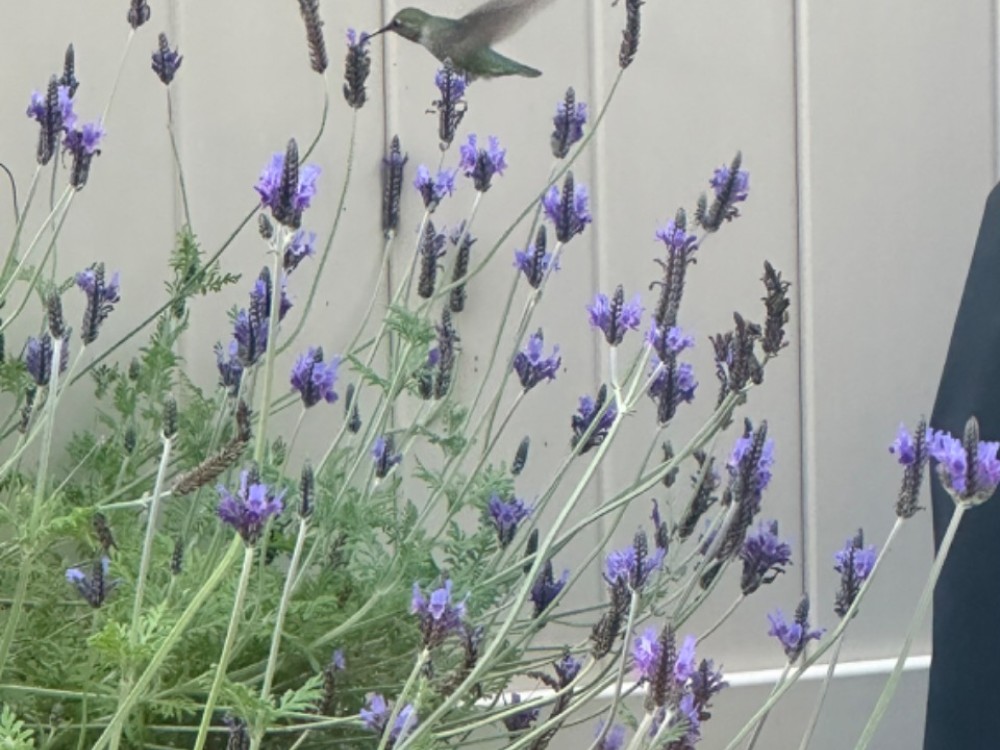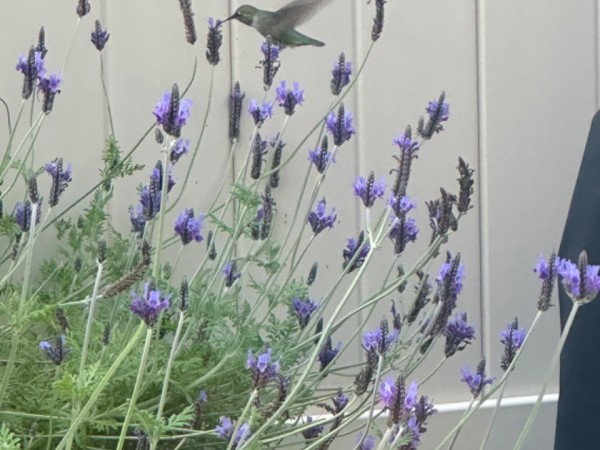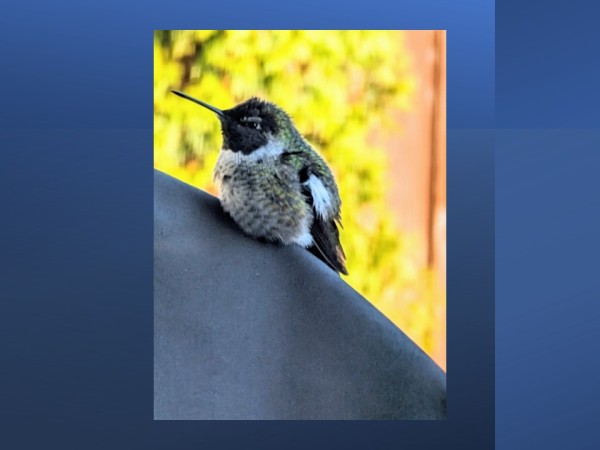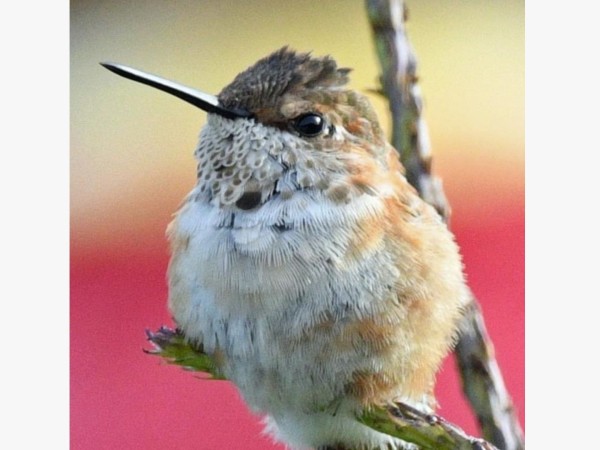Hummingbird Migration Project
Volunteers helping to track hummingbird migration across North America.
Seasonal Message
Please keep reporting your observations. We welcome sightings from Mexico and Central America and across the U.S. and Canada during January and February.
If you don’t see any hummingbirds in your area, you can explore various Journey North hummingbird migration maps to learn where hummingbirds are being observed. You can also brush up on your hummingbird identification skills and explore information on hummingbird migration and annual cycles.
Spring Reporting Instructions
What to Report — Spring Firsts
Report Hummingbird, Ruby-throat (FIRST) or Hummingbird, Rufous (FIRST)
- What: When is the start of spring migration? Let us know when you see your first migratory Rufous or Ruby-throated hummingbirds arrive in your area in the spring. Use your best judgment to determine if the hummingbird(s) are first spring arrivals, not resident hummingbirds that may have overwintered at your location.
- Comments: We love comments and appreciate additional details that tell us more about your observation. Let us know: (1) sex (female, male, or mixed group); (2) age (juvenile, adult, or mixed age group); (3) interesting behaviors (flying, perching, feeding on insects, nectaring from flowers, feeding from bird feeder, mating, nesting, defending territory).
- Frequency: Once per spring season. Only one first spring observation is accepted for an individual observer reporting from a single location.
- Photos: Encouraged. Photos provide a voucher for observational reports.
Report Hummingbird, Other Species Sighted
- What: Did you observe your first spring migrating Anna’s, Allen’s, Broad-Tailed, Black-chinned, Calliope, and/or Costa’s hummingbirds? Let us know. Use your best judgment to determine if the hummingbird(s) are first spring arrivals, not resident hummingbirds that may have overwintered at your location.
- Comments: We love comments and appreciate additional details that tell us more about your observation. Let us know: (1) if first, type FIRST in comment box; (2) species name (Anna’s, Broad-tailed, Black-chinned, Calliope, and/or Costa’s); (3) sex (female, male, or mixed group); (4) age (juvenile, adult, or mixed age group); (5) interesting behaviors (flying, perching, feeding on insects, nectaring from flowers, feeding from bird feeder, mating, nesting, defending territory)
- Frequency: Once per spring season. Only one first spring observation is accepted for an individual observer reporting from a single location.
- Photos: Encouraged. Photos provide a voucher for observational reports.
What to Report — After Spring Firsts
Report Hummingbird (OTHER Observations)
- What: Where are hummingbirds across the landscape and what behaviors are they exhibiting? Let us know when and where you see hummingbirds. [Remember: If you are observing your first hummingbird of the spring migrating season, please report using Hummingbird, Ruby-throat (FIRST), Hummingbird, Ruby-throat (FIRST) or Hummingbird, Other Species Sighted]
- Comments: We love comments and appreciate additional details that tell us more about your observation. Let us know: (1) if first, type FIRST in the comment box; (2) species name (Anna’s, Broad-tailed, Black-chinned, Calliope, and/or Costa’s); (3) sex (female, male, or mixed group); (4) age (juvenile, adult, or mixed age group); (5) interesting behaviors (flying, perching, feeding on insects, nectaring from flowers, feeding from bird feeder, mating, nesting, defending territory)
- Frequency: Weekly if possible. Occasional reporting accepted.
- Photos: Encouraged. Photos provide a voucher for observational reports.
Report Hummingbird, Nectaring from Flowers
- What: Where are hummingbirds finding food? As hummingbirds travel north, they must find places to rest and refuel along the way. Nectar-rich plants, feeders, and insects are important sources of the small migrating birds. Let us know if you observe hummingbirds feeding on nectar resources.
- Comments: In your comments, please note plant names if known.
- Frequency: Weekly if possible. Occasional reporting accepted.
- Photos: Encouraged. Photos provide a voucher for observational reports.
Subscription Information: Migration News
Stay attuned to the migration story by subscribing to Journey North Hummingbird News Updates. Click the “subscribe” button in the top-right corner of any published news update. During the spring, news updates will be delivered to you twice a month.




